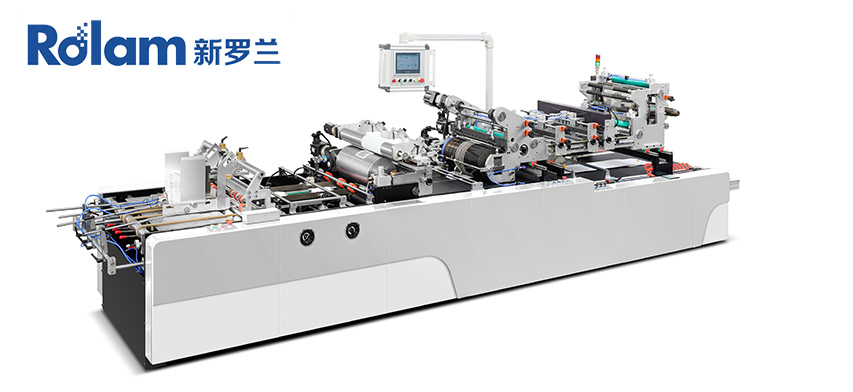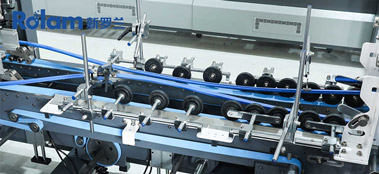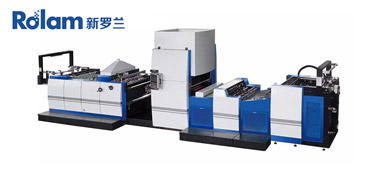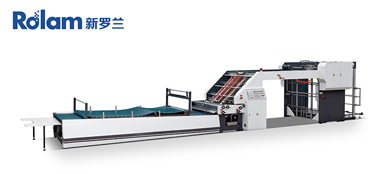What Routine Maintenance Does a Flute Laminating Machine Need?
A flute laminating machine is a workhorse for packaging production, but its performance relies heavily on proper upkeep. Many users overlook routine maintenance, leading to unexpected breakdowns or reduced efficiency. This article explains the essential maintenance steps to keep your equipment running smoothly.
Why Routine Maintenance Matters for a Flute Laminating Machine
Routine maintenance preserves the Flute laminating machine’s functionality and lifespan. Without it, dust buildup, worn parts, and misalignment can cause issues like uneven lamination, material jams, or even permanent damage. Regular care also ensures consistent product quality and avoids costly downtime in production.
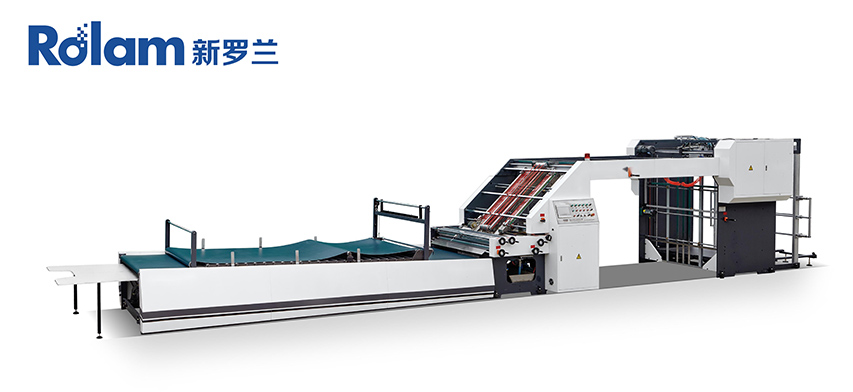
Daily Maintenance Tasks for a Flute Laminating Machine
Clean Key Components: Start each day by cleaning the machine’s critical parts. Wipe down the laminating rollers to remove adhesive residue or paper dust—these can leave marks on materials or hinder smooth operation. Clear the paper path and feed rollers too, as debris often accumulates here and causes feeding errors.
Check for Visible Wear: Inspect external components for signs of wear. Look at belts and chains for fraying or slack, and check the condition of feed guides. Even small cracks or misalignments can affect performance, so addressing these early prevents bigger problems.
Ensure Proper Alignment: Verify that the laminating rollers and feed mechanisms are aligned. Misalignment leads to uneven pressure, resulting in lopsided lamination or material tears. Most machines have adjustment knobs for minor realignments, which should be checked daily.
Weekly Maintenance for a Flute Laminating Machine
Lubricate Moving Parts: Moving components like gears, bearings, and hinges need weekly lubrication. Use the lubricant recommended by the manufacturer—using the wrong type can attract dust or damage parts. Apply a thin layer to avoid over-lubrication, which causes excess buildup.
Inspect Adhesive Systems: If your machine uses adhesive, check the application nozzles or rollers weekly. Clogged nozzles lead to uneven adhesive distribution, ruining lamination quality. Clean them thoroughly and ensure the adhesive supply line is free of blockages.
Test Safety Features: Safety components like emergency stops and sensors require weekly checks. Press the emergency stop to confirm it shuts down the machine immediately, and test sensors to ensure they detect jams or misfeeds. Faulty safety features pose risks to operators and equipment.
Common Maintenance Mistakes to Avoid
Over-Lubrication: Too much lubricant drips onto materials or accumulates dust, creating a sticky residue that damages the machine. Always follow the manufacturer’s guidelines for lubricant quantity.
Ignoring Minor Issues: A small squeak or occasional jam may seem trivial, but these are early warning signs. Ignoring them often leads to major breakdowns that take longer to repair.
Using Abrasive Cleaners: Harsh chemicals or abrasive tools scratch rollers and delicate components. Stick to soft cloths and manufacturer-approved cleaning solutions to protect the machine’s surfaces.
Conclusion
Routine maintenance is non-negotiable for keeping a Flute laminating machine efficient and reliable. Daily cleaning and alignment checks, weekly lubrication and safety tests, and avoiding common mistakes will extend its lifespan and ensure consistent results. A well-maintained machine saves time, reduces costs, and maintains product quality.
If you’re seeking a flute laminating machine designed for easy maintenance and long-term performance, visit our product page to discover equipment built with practical upkeep in mind.

